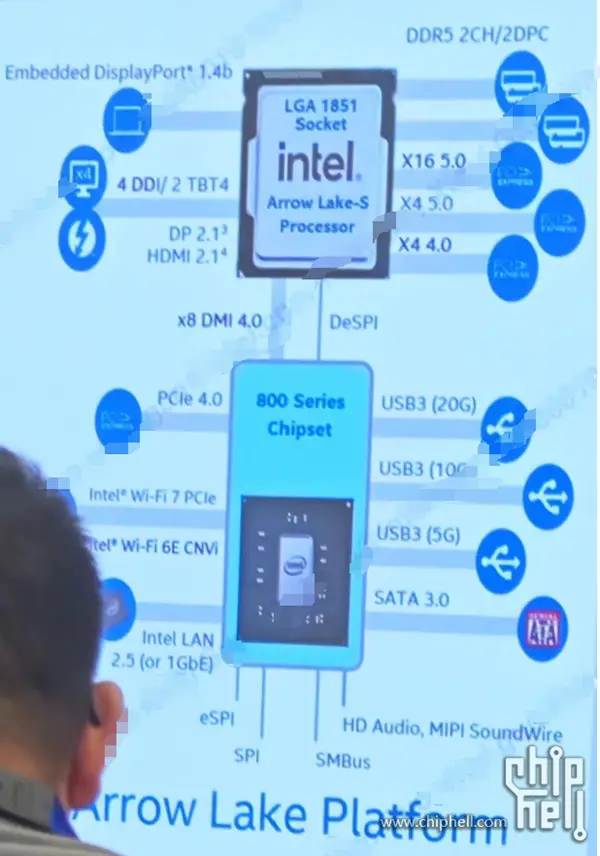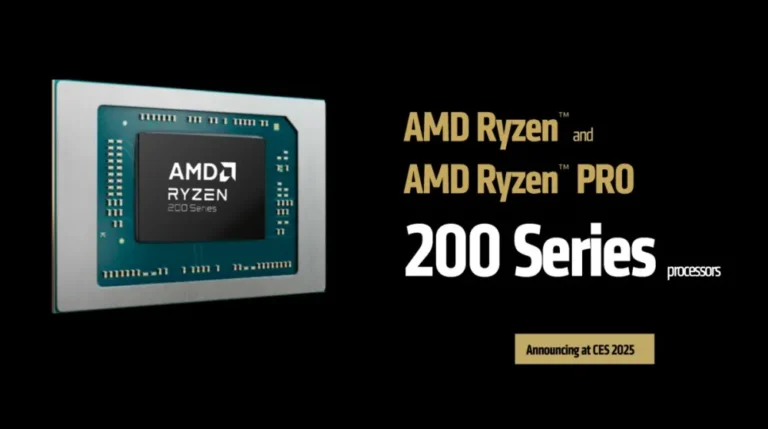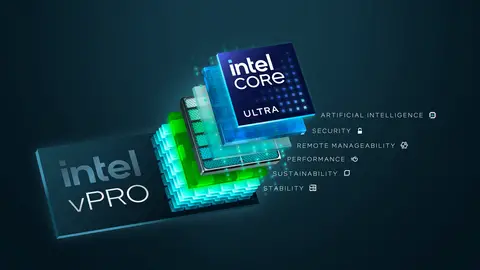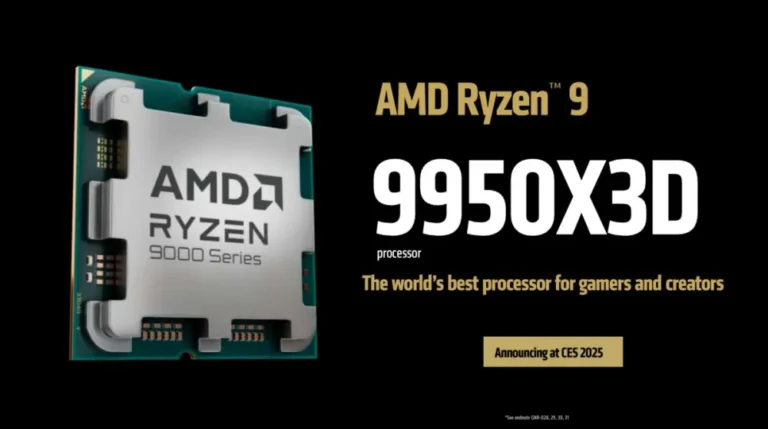
Previous reports indicated that Intel’s Arrow Lake-S K-series processors and Z890 motherboards for the desktop platform are expected to be released in October. Given that Intel will host the Innovation 2024 Summit on September 24-25 in San Jose, California, it is plausible that the new generation of Core desktop CPUs will be unveiled during this event. As for the non-K series and B860/H810 motherboards, which are more widely used by general consumers, they will not be available until after the CES 2025 show in January next year.

Today, a user posted on Chiphell, showcasing the interface configuration of Arrow Lake-S on the next-generation platform. The CPU features a total of 32 PCIe lanes, including 20 PCIe 5.0 lanes and 12 PCIe 4.0 lanes. Specifically, 16 PCIe 5.0 lanes are allocated for connecting discrete graphics cards, 4 PCIe 5.0 lanes for M.2 SSDs, another 4 PCIe 4.0 lanes also for M.2 SSDs, and the remaining 8 DMI 4.0 lanes connect to the PCH. Compared to the current LGA 1700 socket, the new LGA 1851 socket has 151 additional pins, largely dedicated to expanding PCIe lanes.
Unlike the previous 12th, 13th, and 14th generation Core CPUs, Arrow Lake-S exclusively supports DDR5 memory and natively supports up to two Thunderbolt 4 interfaces. It can be configured with up to four display outputs, including HDMI 2.1 and DP 2.1 interfaces, and also supports eDP 1.4b. The accompanying 800 series chipset no longer offers PCIe 3.0 lanes, supporting only PCIe 4.0 standard expansion. Wired network options include 1GbE or 2.5GbE, and CNVi supports only Wi-Fi 6E, with Wi-Fi 7 achievable solely through PCIe.


